The Duora 8xp was not destined to be a popular racquet.
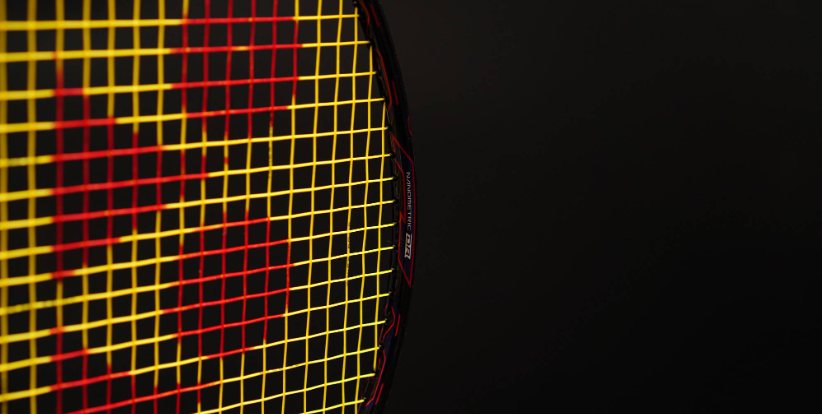
If you order a Dry Martini in a bar and the bartender pulls out a bottle of Gordon’s gin, you know it’s an ordinary bar; if he’s got a bottle of Tanqueray’s Gin in his hand, then you know it’s a rare, sought-after bar. The same goes for badminton rackets. Duora 10, which is everywhere, is a good choice that everyone knows about; but if you see a guy with a Duora 8xp in his hand, be careful when you meet him – he might just be a master of his craft.
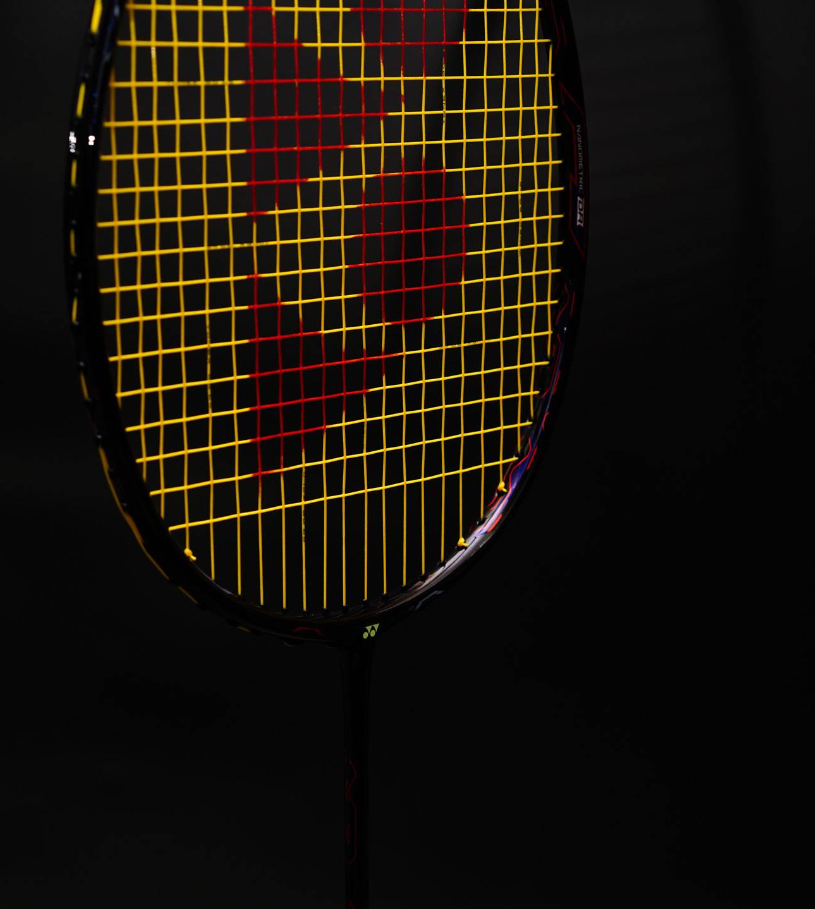
The Duora 8xp and its predecessor, the Arcsaber 8dx, may have shared a similar fate: a quality but not easy-to-manage racquet that lacked endorsements and all the bells and whistles, and ultimately disappeared into obscurity amidst a flood of other stellar products. They even have a similar Lowkey finish on the paint job – my personal favorite, but not necessarily the heart of the crowd. The black basecoat is embellished with silver and violet-blue patterns, like lightning in the late night sky, except that the lightning is so bright that the D8xp needs to be picked up and admired in order to feel the colors of the patterns. Hidden under the black paint are many dark blue particles, under the bright light like a star in the night, deep and fascinating, but who would watch a racket with a flash? For many people, if you can’t recognize my shiny racket 100 meters away from the moment you enter the court, my identity and skills have fallen off. Or maybe with Lee’s Duora in hand, Momota’s 88D, everyone can tell, but what about the Duora 8xp? It only has a black color when swinging, who can tell it’s not a normal little black racket?
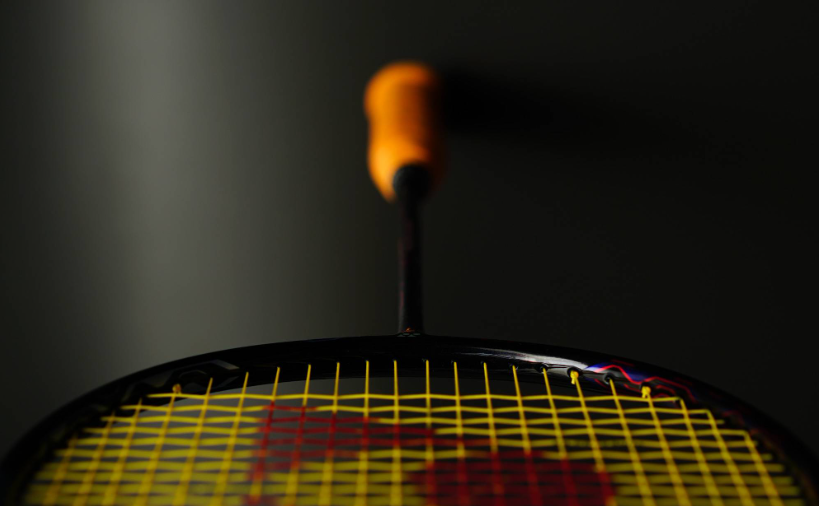
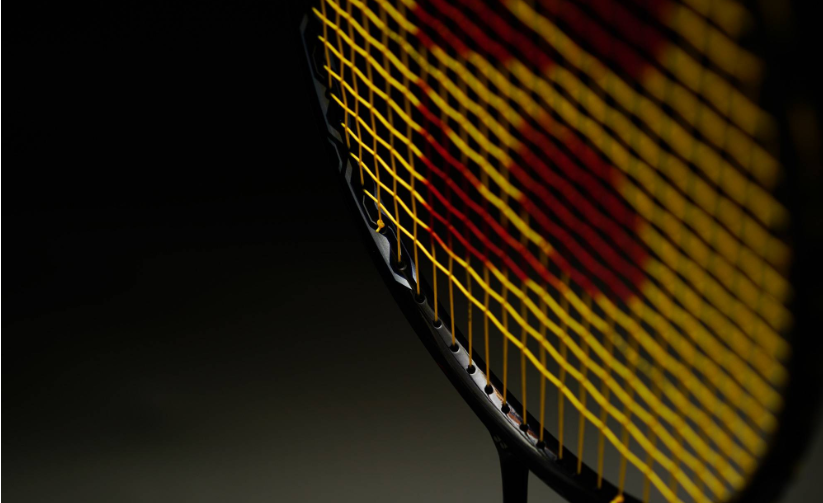
Just like the Tanqueray gin at the beginning, people who drink really good wine don’t show off how precious the wine in their cups is, they only look forward to the sweetness of the moment they enter their mouths.The value of the Duora 8xp needs to be demonstrated with technology. Only when combined with the powerful performance of the user, people will not confuse it with the general small black beat.
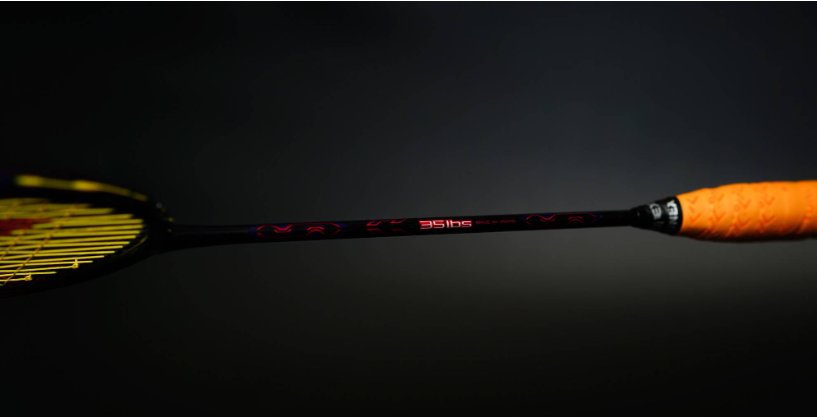
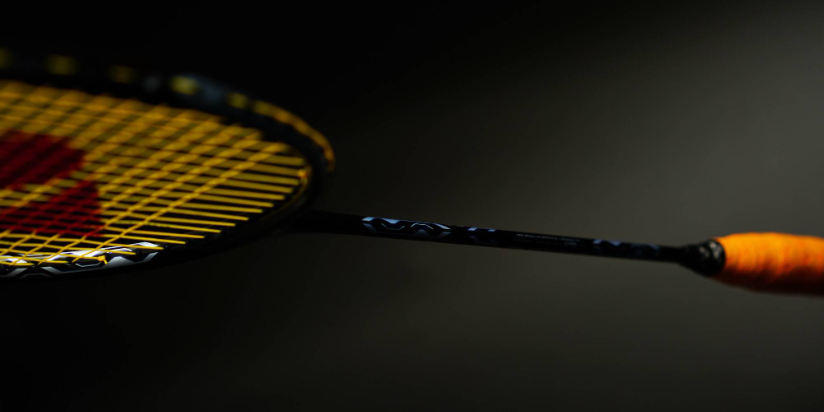
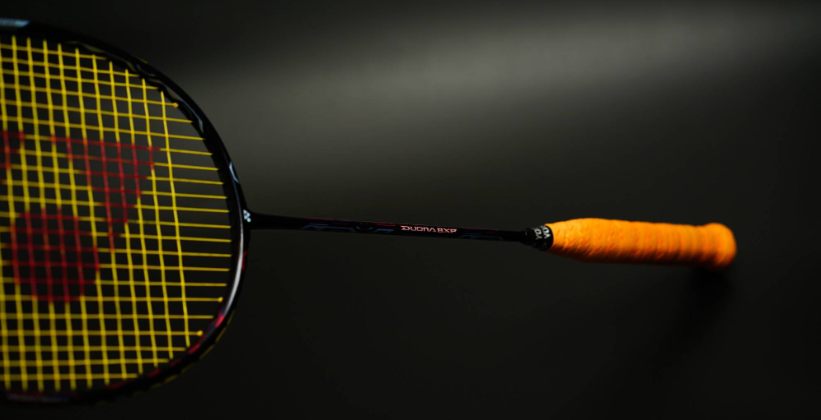
The Duora 8xp has the highest poundage retention in the Duora series, coming right in at 35 pounds. This means that a 30 lb. player can feel comfortable putting his Duora 8 on the line without having to worry about its delicate body being destroyed on the pulling machine – it’s a complete hard-ass. 35 lbs. of weight retention doesn’t mean a thing to most amateurs, as the mainstream pulling pounds are only 24 to 26 lbs. and don’t even come close to hitting the 35 lbs. mark. Therefore, 35 pounds means that the Duora 8xp has been designed for the advanced level of amateurs. Moreover, the Duora 8xp has a similar stiffness to the Duora zs, which can be said to be tied for the highest in the duora series, and is also in the first tier of stiffness in other series, while it is still a head-light design, which requires a higher level of power to use. From these points of view, if not for their own level of confidence, probably will not go to get a Duora8xp to play. The same goes for the A8DX, back in the day.
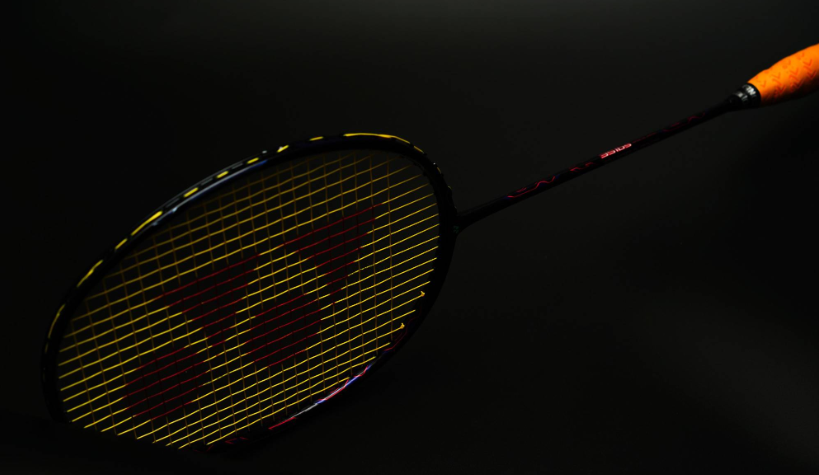
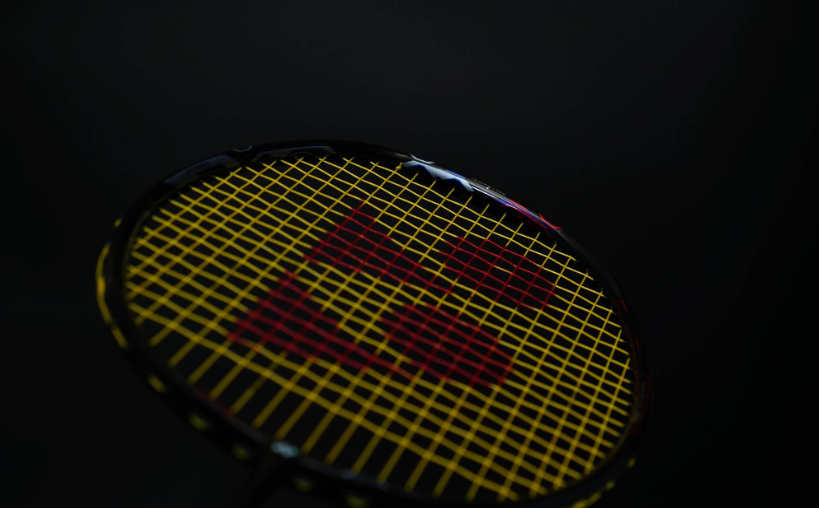
This Duora 8xp in hand, original BG65 string, poundage is unknown, judging from the racket pressure may be close to 26 pounds, 3UG5, swing weight is around 86-87, which is not a heavy racket in 3U. The swing weight is around 86-87, which is not a heavy racket in 3U. The empty racket swings, feels hard, braking is laborious, and the flexibility is definitely not comparable to the 4U’s 88S and so on. With all the new composite materials that have come out in the last few years, the high end racquets from YY have been able to take the long ball out of the evaluation program – as long as you hit the ball with a normal stance, there is no chance that you won’t be able to hit the ball in the right place, and you don’t need to talk about power, and it won’t take much effort to hit the ball against the racket at all. The D8XP with 65 strings is sticky, and even after switching to 80 strings it is still sticky, which is a continuation of the duora series. This feature makes it easy to control the ball, not to say that it is fast, but rather that it is accurate.
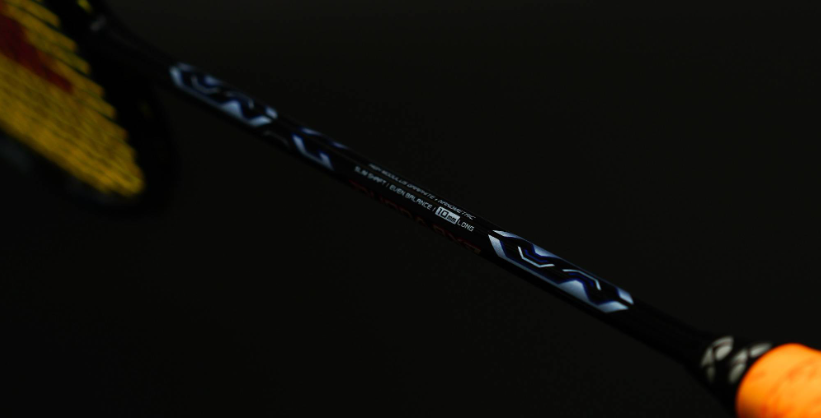
The other thing that struck me about the D8XP was its kill shot. Being a head-light and ball-control oriented racket, it doesn’t seem to conjure up any images of a violent racket. But the fact is that its hard-hitting feel combined with the newer generation of mid-barrel technology gives it an attacking quality: the kind of quality that maximizes the efficiency of your attack. Remember the 88D review? The D8XP has a similar system, and it’s arguably the racquet in the Duora series that most faithfully mirrors your power. For advanced users with a strong power/strike base, the D8XP is a killer, and it doesn’t need big swings, high head weights, or any kind of power whipping. A powerful burst of your own, which then tangibly feeds back into that poor, tiny badminton ball, converting it into a .50 caliber bullet that explodes on your opponent’s field. Not to mention that the D8XP has a bursting hitting sound above the Duora 10, and with the 80 string, the court will be filled with the roar of your gunfire. On the other side of the offensive spectrum, the D8XP’s head lightness also gives it good defensive characteristics, with it being fairly quick to get in place and relatively easy to top backcourt.
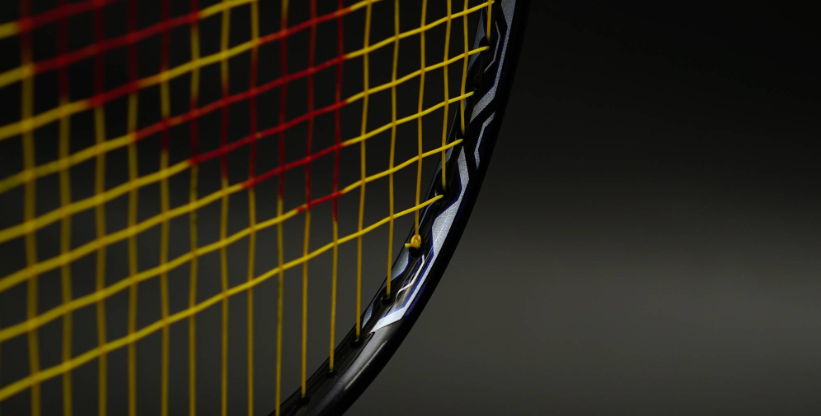
If the D8XP is only so-so, it probably can’t escape the fate of the A8DX. But unlike the A8DX’s weird feel that was hard to get used to, the D8XP, as a racquet geared towards experts, doesn’t have as high a threshold as one might expect. Thanks to the new multi-layer cushioning material, the stiff D8XP doesn’t feel like an irresistible shock to the hand, and any excess vibration is filtered and absorbed. Even for expert players, a more manageable racquet is welcome, after all, it reduces physical exertion. As for the D8XP, the biggest threshold for me was the slower racket speed (because of the 3U) and the subtle change in stroke timing from the sticky ball, and *being accustomed to the 4U*, I was really hitting the frame quite a bit at first. Once I got used to it, the D8XP is the racquet that has always been more versatile in all aspects, with significant ball control and offense. It is more suitable for amateur masters with strong power and preference for pulling and hanging attacks, and in singles, it likes to be wide open, with multiple points of control combined with attacks; in doubles, it is mainly used in the backcourt, with less scrambling and more work in the frontcourt. The 35-pound guarantee is the most stable backing for the masters. Of course, if you feel that you are not yet at such a level, but as long as you have the motivation to grow, the D8XP is also very suitable, after all, it is the best partner for the powerful you in the future. If you don’t want to go to the high poundage level, if you only do strength training a few times a year, and if you only play for fun, then there are other options that are more suitable for you.
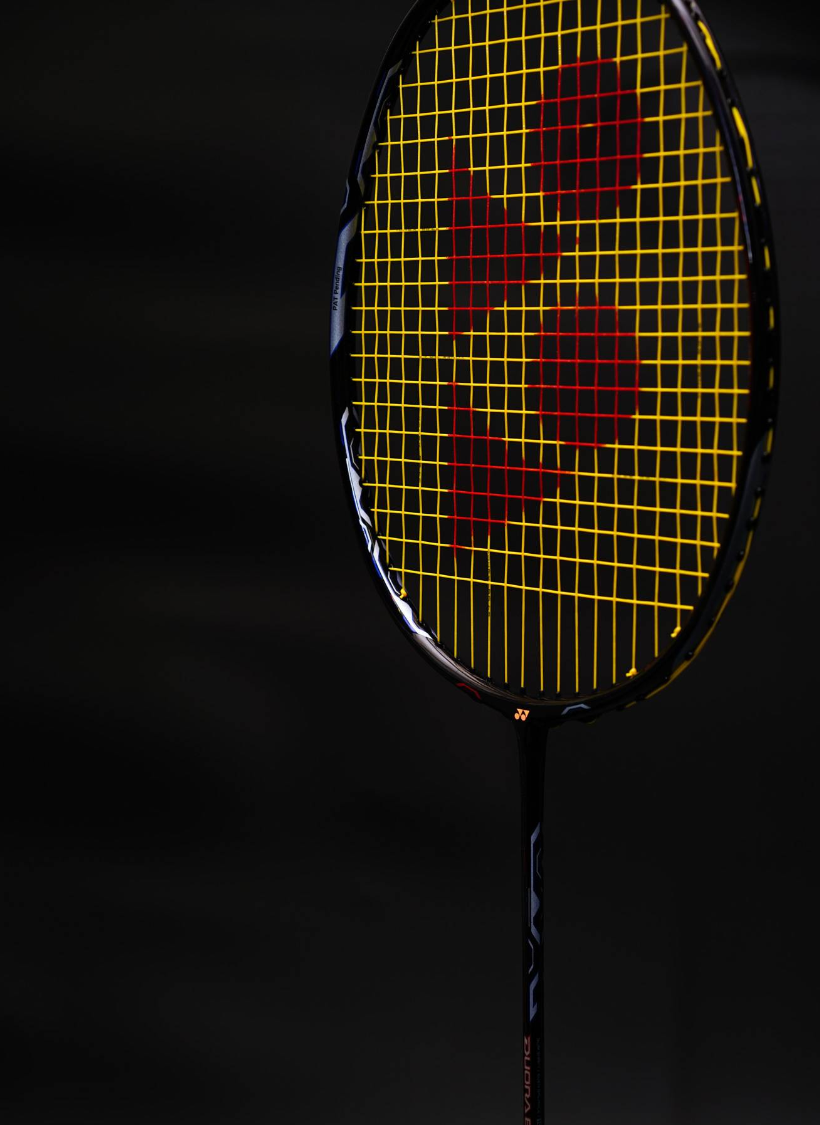
The person who holds a Duora 10 may not be a master, he may be a fan of a ball player, a believer in high-end rackets, a fanboy of consumerism; but the person who can discover the low-profile D8XP among many rackets and then hold him in his hands, he will be a master in the future, even if he is not a master now.

Leave a Reply